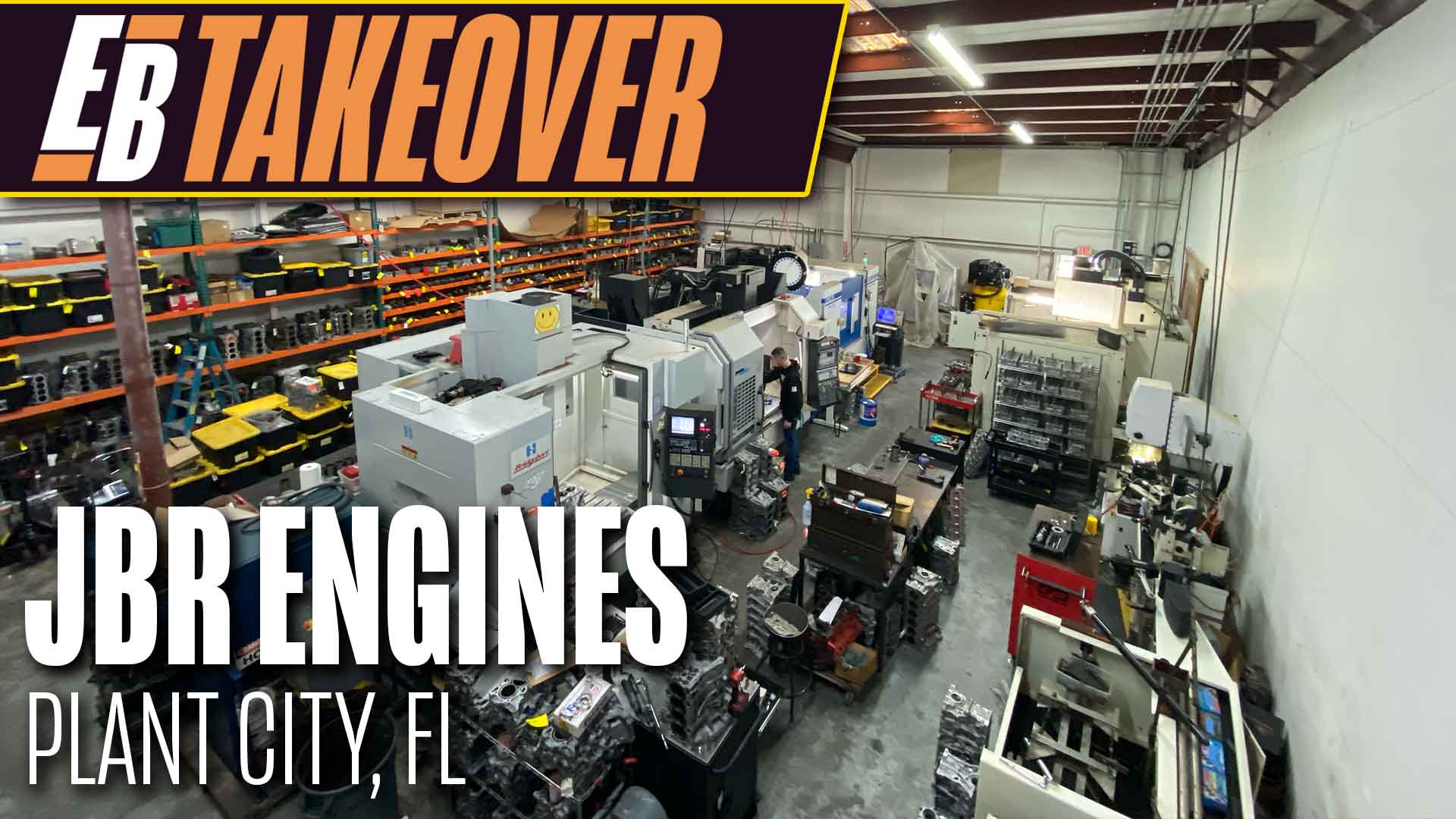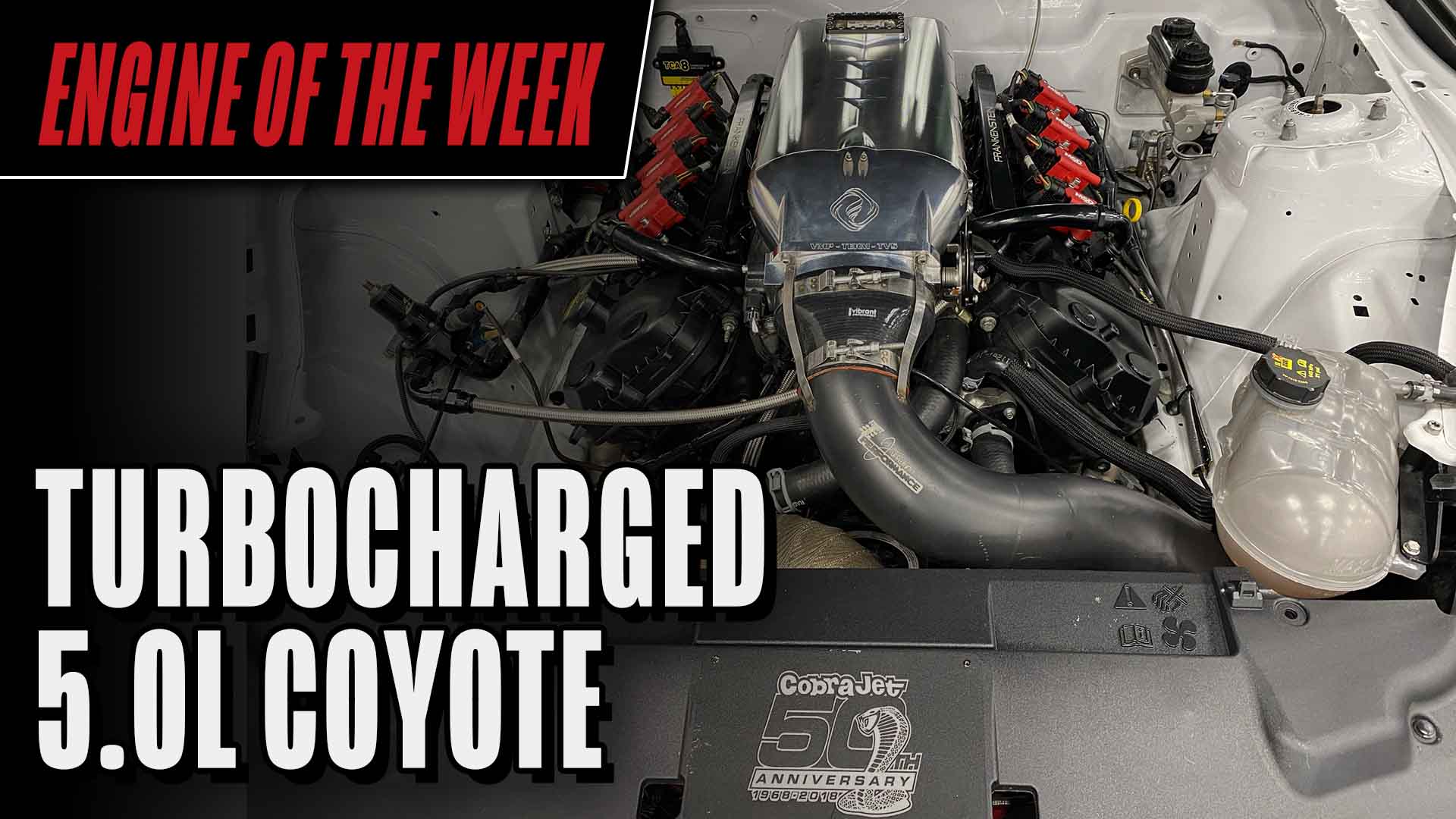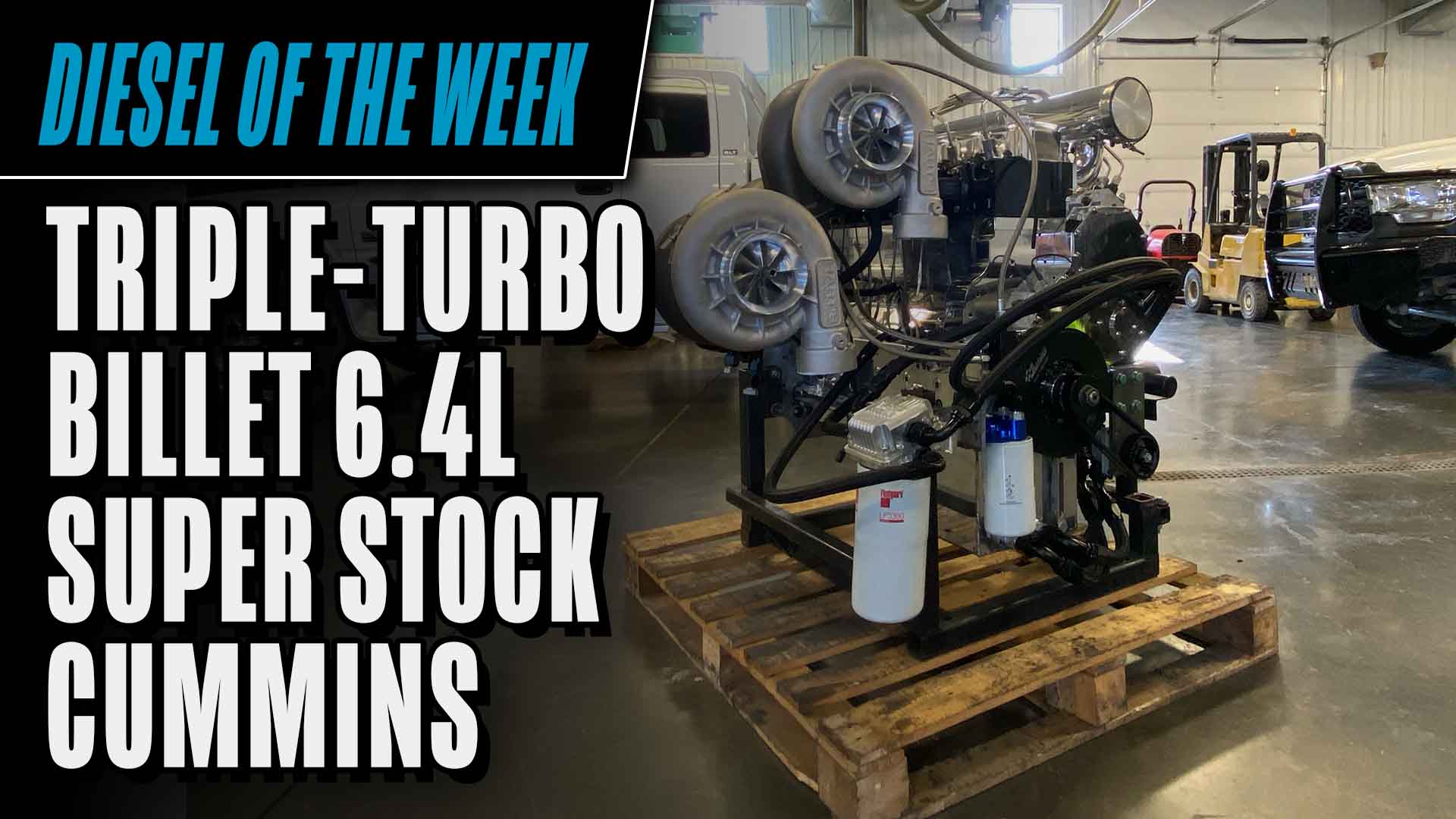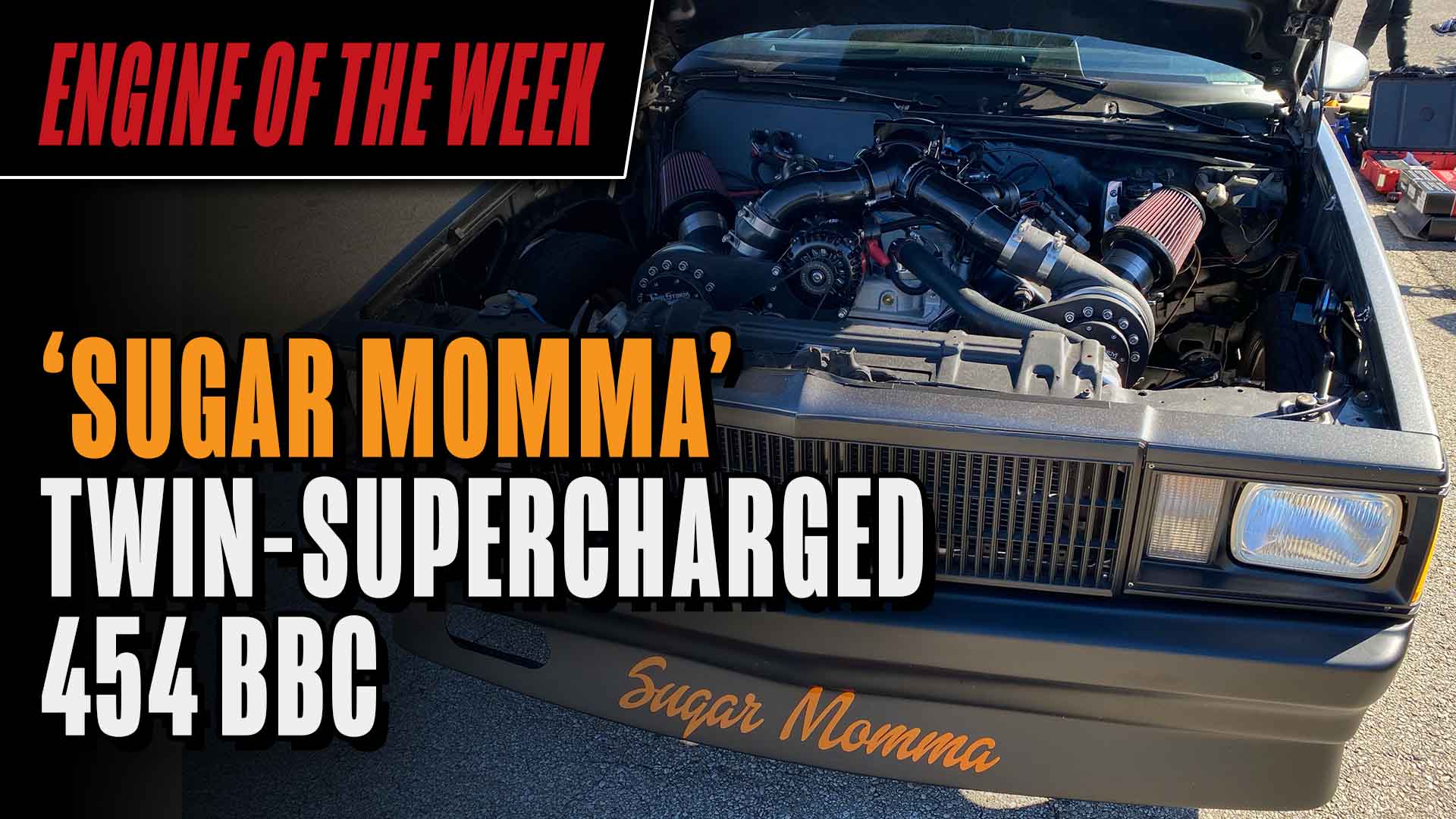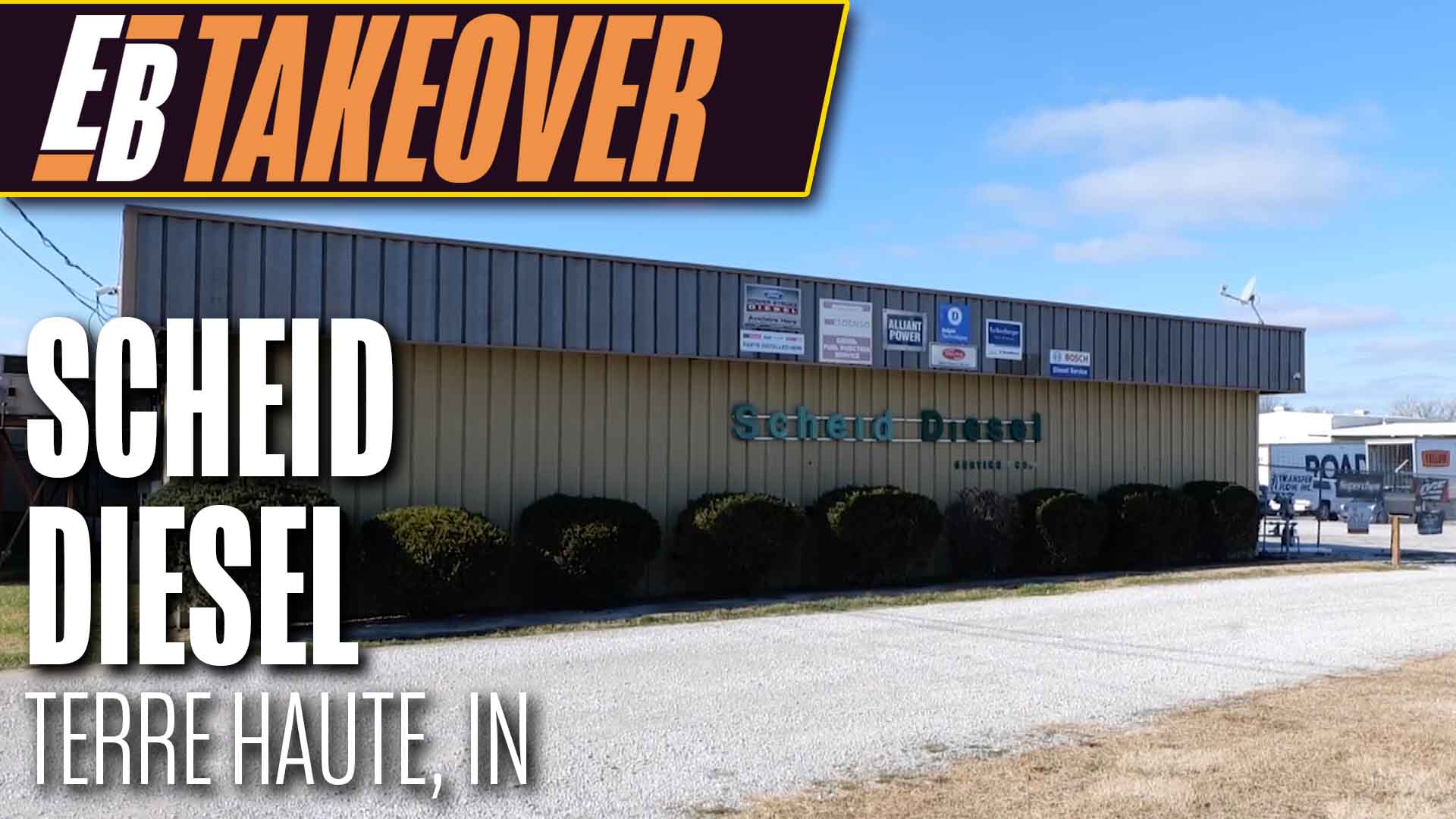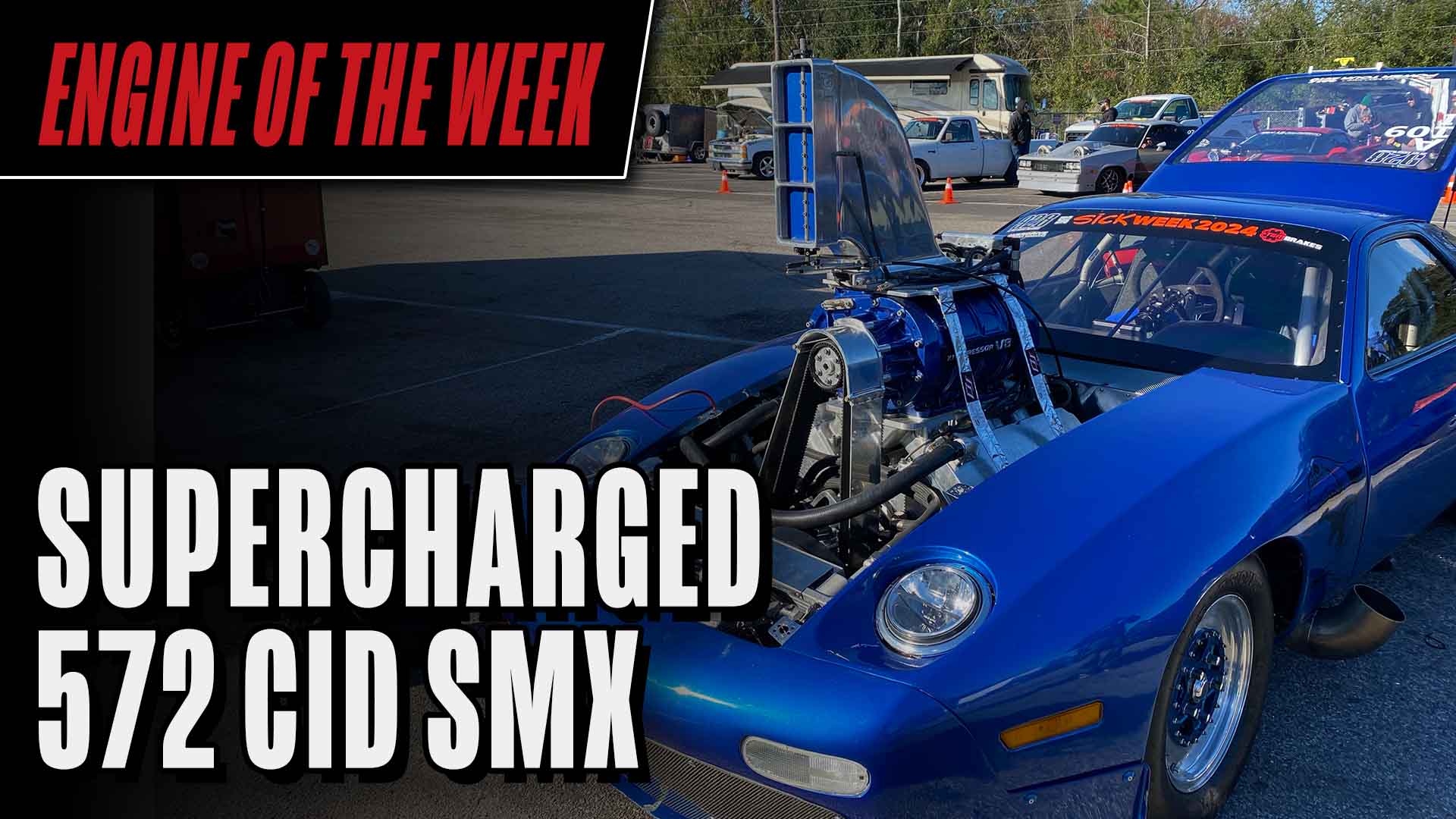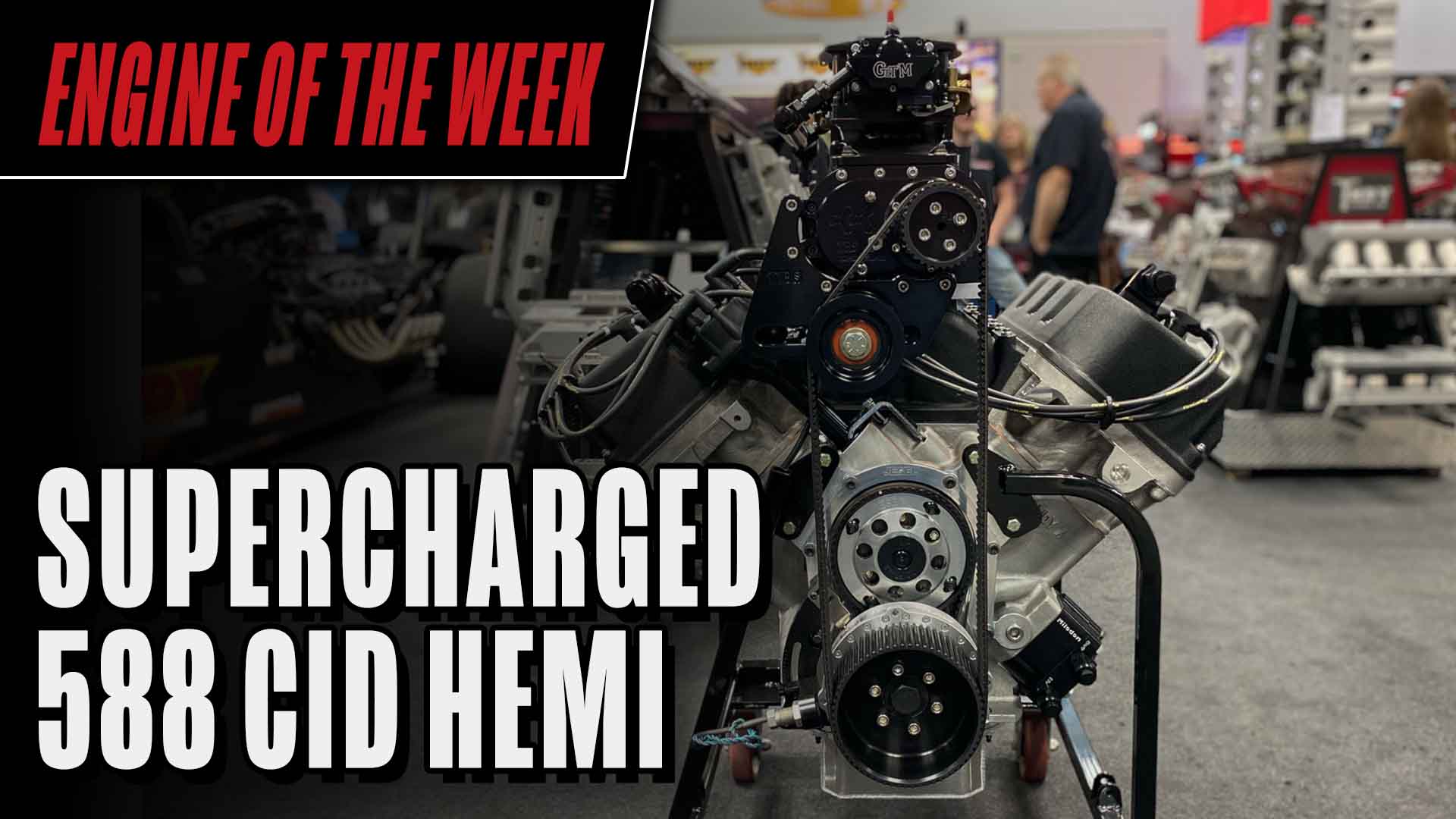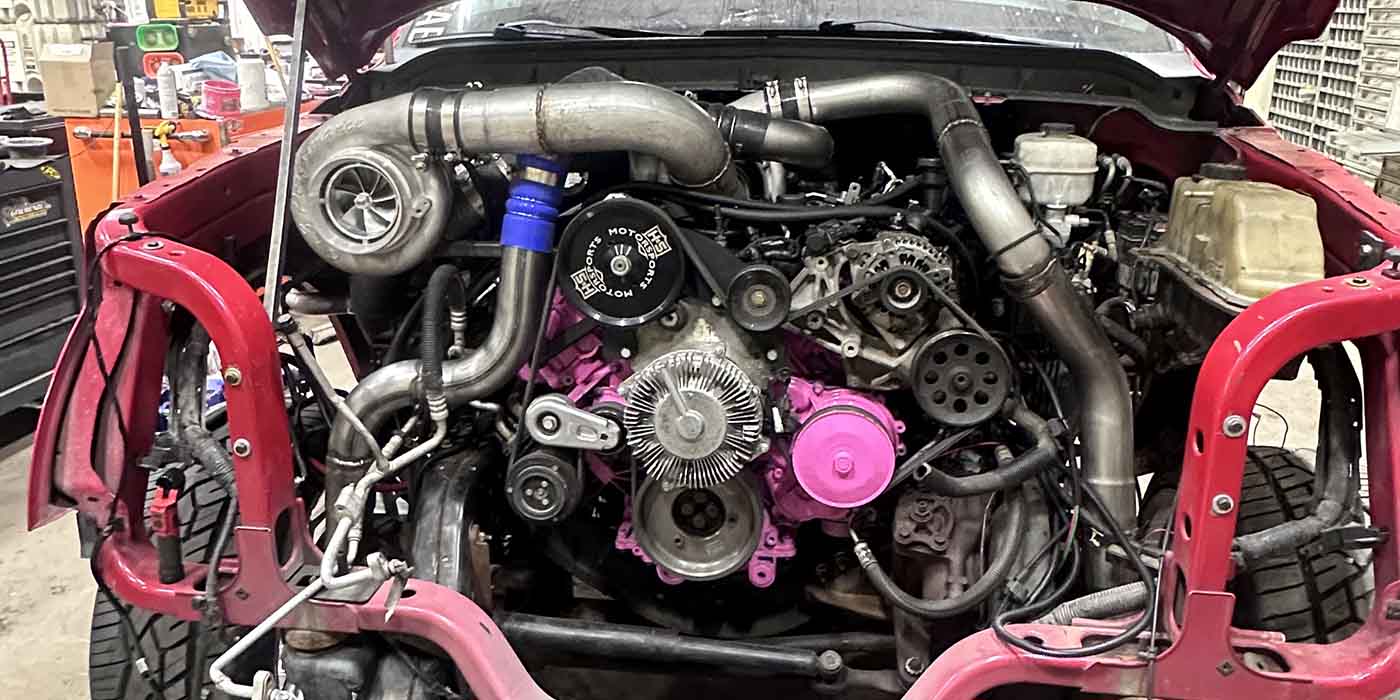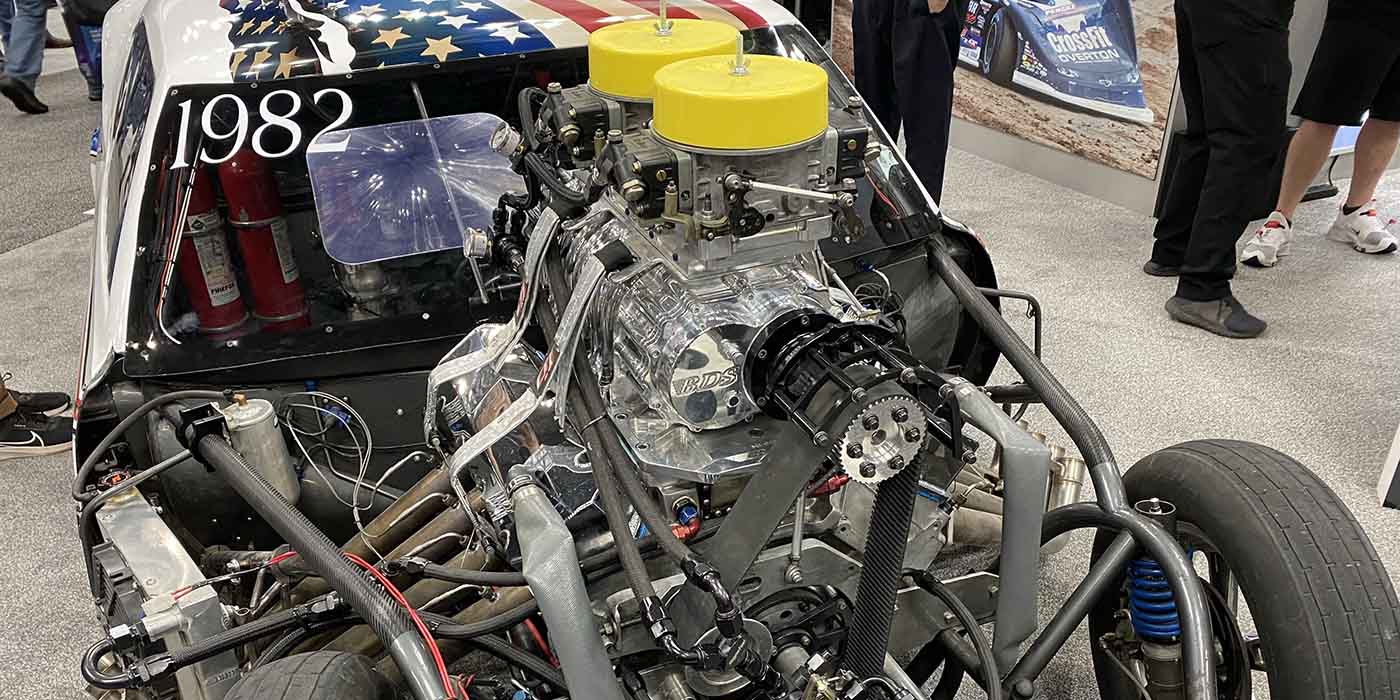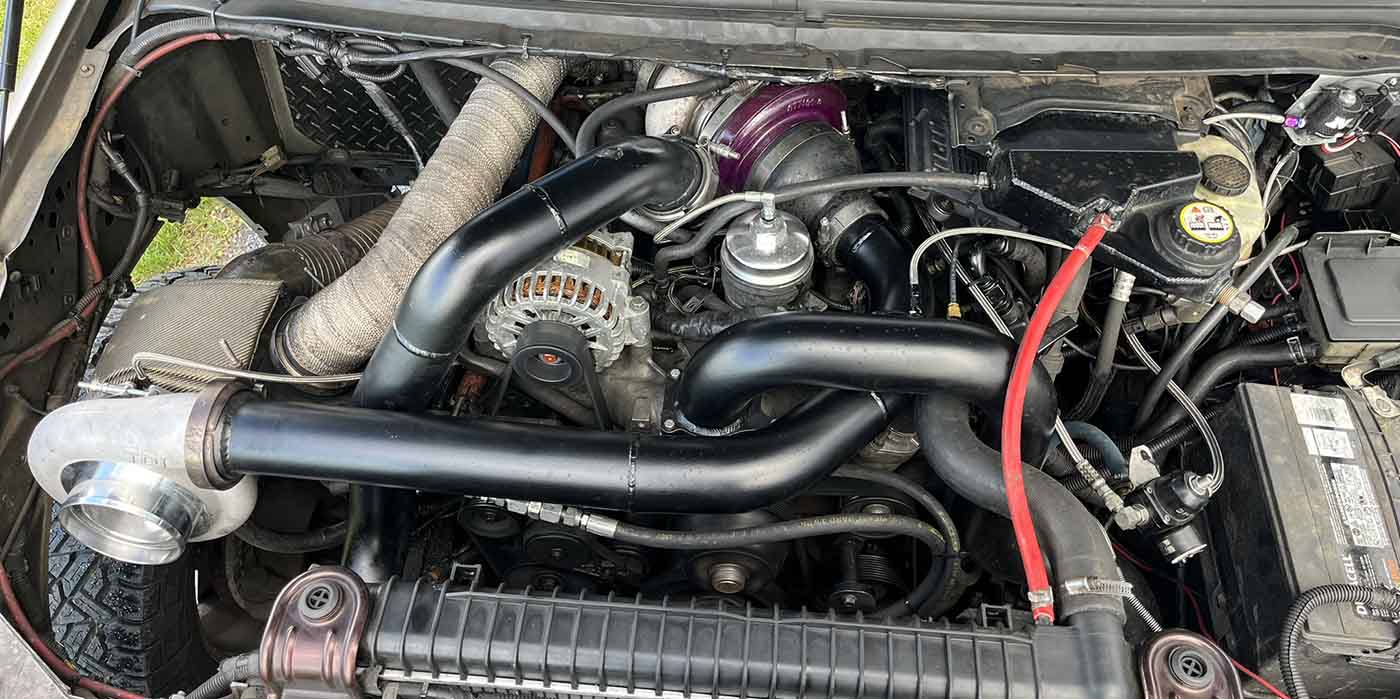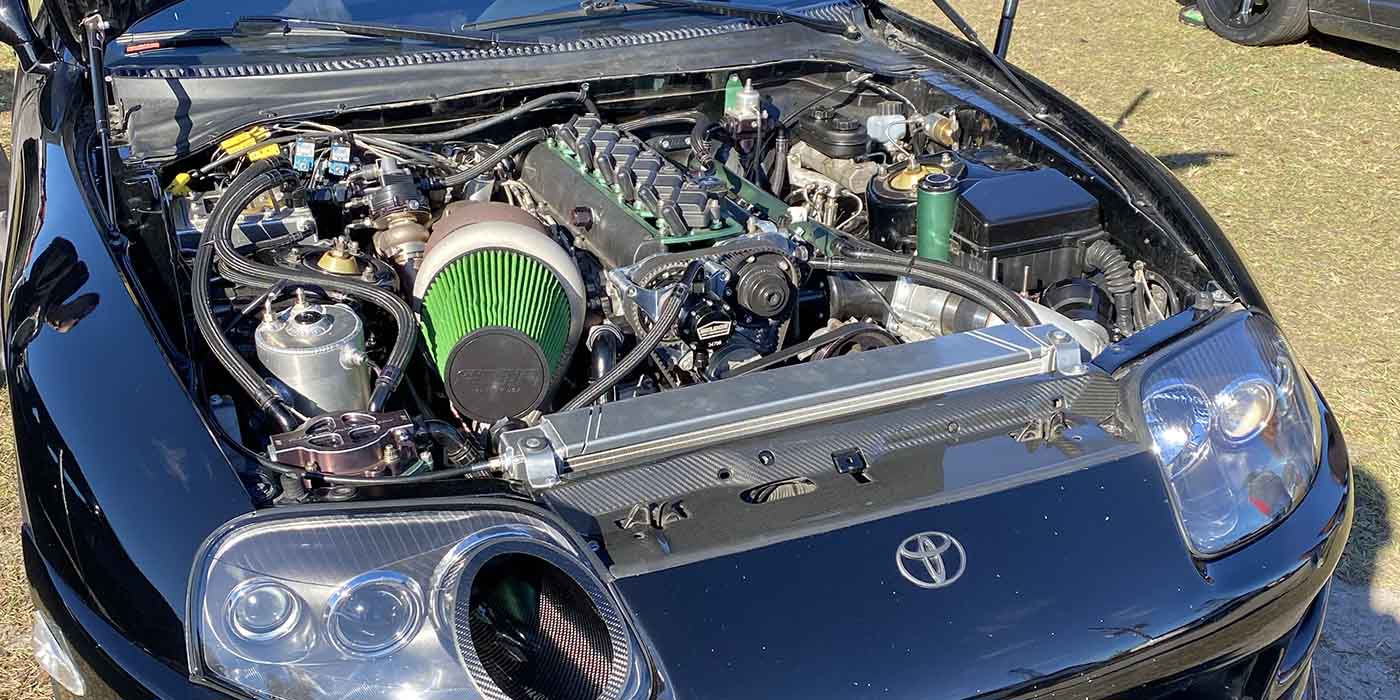Engine of the Week is presented by



Looking to break out with an engine shop all his own, Zach Smith wanted to make sure his shop would have a niche market. He chose to build only Ford engines since those were the powerplants his family always raced with.
Zach and his wife Tori opened ZSR Engines in 2015. The shop was initially founded in Illinois, but was moved to Kaiser, Missouri at the beginning of 2018.
Unlike many who open new shops with just a few key pieces of equipment with the idea to add more equipment later on, Zach decided he would get everything he needed upfront and just jump head first.
That leap has paid off, and today, ZSR Engines operates out of a 3,500 sq.-ft. facility and does small block and big block Ford engine work for racing applications such as drag racing, circle track, road, and street/strip.
Recently, the shop completed a naturally aspirated 438 cubic inch small block Ford engine for a bracket racing application and we have all the details in this episode of Engine of the Week.
ZSR’s goal was to build a naturally aspirated engine for bracket racing that was really low maintenance, didn’t cost an arm and a leg to race and could go multiple seasons without having to come back to the shop.
“The goal was to have something that’s not going to eat valve springs, beat up the valvetrain and be a maintenance hog. That can happen with naturally aspirated stuff when you really have to lean on them.”
The build started with a standard small block Ford lifter and cam core size, and Smith decided to keep it wet sump for cost and simplicity.
“We used a Dart block and did all of our normal machining to it – square decking, boring, a torque plate hone, and a line hone. For the rotating assembly, we got custom, dome pistons from RaceTec. We used Molnar 6.250˝ H-beam rods, a Scat 4.100˝ stroke crankshaft and a Bullet camshaft. We also used a ring set from MAHLE that has 1mm top and second rings and a 2mm oil ring. The engine also has Clevite coated bearings.”
The small block Ford was balanced internally and came out at a 14 to1 static compression.On the induction side, ZSR went with a Brodix casting that’s a 15-degree inline head.
“We used stainless valves in it since it’s kind of a sportsman deal. Those were 2.200˝ and 1.600˝ valves. We also used a CHI 4.0 intake and an 1150 Holley Dominator.”
“For the valvetrain, we did a custom solid roller for it, T & D shaft rockers, Morel lifters, Smith Brothers pushrods, and a Rollmaster timing set. There’s no belt drive since we were trying to keep it a little modest.”
Once the machine work and assembly was complete, Smith took the engine down the street to make some dyno pulls using PennGrade One oil.
“I try to push for Brad Penn, which is now PennGrade,” Smith says. “I’ve been using them since I started at the very first shop I worked for. That’s what they used and we did a lot of endurance engine work and everything that would come back for a refresh always looked great. PennGrade has worked and I haven’t strayed from it.”
The dyno session proved to be a good one with the 438 cubic inch small block Ford making 2 horsepower per cubic inch! It made 876 horsepower at 7,700 rpm and 640 pound feet of torque at 6,800 rpm. Now, this engine is out of the shop and off to the track!
Thanks to our sponsors PennGrade, Scat Crankshafts and Elring. If you have an engine you’d like to see featured, please email our editor Greg Jones at [email protected].

